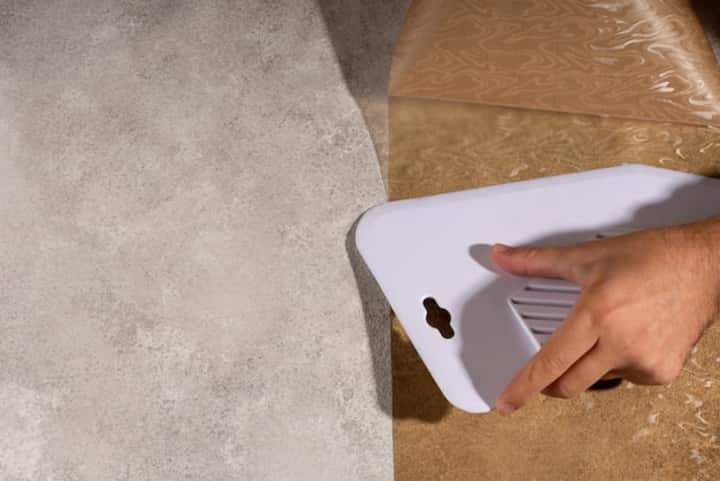
Expert Tips for Effective Landscape Drainage Systems and Sewer Line Damage Repair
Effective landscape drainage systems and sewer line damage repair are crucial components in maintaining the integrity of any property. Poor drainage can lead to flooding, erosion, and foundation damage, while compromised sewer lines can result in unpleasant odors, health hazards, and costly repairs. Understanding the best practices for both can save time, money, and headaches in the long run. This guide provides expert tips for ensuring that drainage and sewer systems function optimally, safeguarding your property from potential damage.
Understanding Landscape Drainage Systems
Landscape drainage systems are designed to manage water flow and prevent water accumulation on your property. Proper drainage ensures that excess water does not damage landscaping, hardscapes, and the foundation of your home.
Key Components of Effective Drainage Systems
- Grading: Proper grading directs water away from the foundation. Slopes should be at least 5% away from the structure.
- French Drains: A popular solution, French drains consist of a trench filled with gravel and a perforated pipe that redirects water away from problem areas.
- Surface Drains: These drains collect excess water from the surface and channel it to a safe discharge area.
- Downspout Extensions: Extensions ensure that water from gutters is directed well away from the foundation.
Read more about this topic here.
Maintenance Tips for Drainage Systems
- Regularly inspect and clean gutters and downspouts to prevent clogs.
- Check grading annually to ensure it remains effective in directing water away from structures.
- Inspect French drains and clear any debris that may obstruct water flow.
Learn more in this detailed guide here.
Sewer Line Damage: Causes and Solutions
Sewer line damage can cause significant issues if not addressed promptly. Identifying the root cause of the damage is essential for effective repair.
Common Causes of Sewer Line Damage
- Tree Roots: Roots can infiltrate sewer lines, causing blockages and damage.
- Pipes Corrosion: Older pipes, especially those made from cast iron or clay, are prone to corrosion and cracking.
- Ground Shifts: Soil movement due to changes in moisture levels can lead to pipe misalignment or breaks.
- Blockages: Grease, debris, and non-flushable items can cause significant clogs.
Explore further insights here.
Repair and Prevention Strategies
- Install root barriers to prevent tree roots from reaching sewer lines.
- Consider pipe lining solutions for existing pipes to extend their lifespan without excavation.
- Regularly inspect sewer lines with video cameras to detect early signs of damage.
- Use enzyme-based drain cleaners to maintain clear pipes without causing corrosion.
Find additional information here.
Conclusion
Maintaining effective landscape drainage systems and addressing sewer line damage promptly are vital for protecting property value and ensuring a safe, functional environment. By understanding the components, causes, maintenance, and repair strategies, property owners can take proactive measures to prevent issues from escalating. For those requiring more detailed guidance, numerous resources, such as professional consultations and in-depth guides, are available to assist in implementing the best solutions for specific needs.